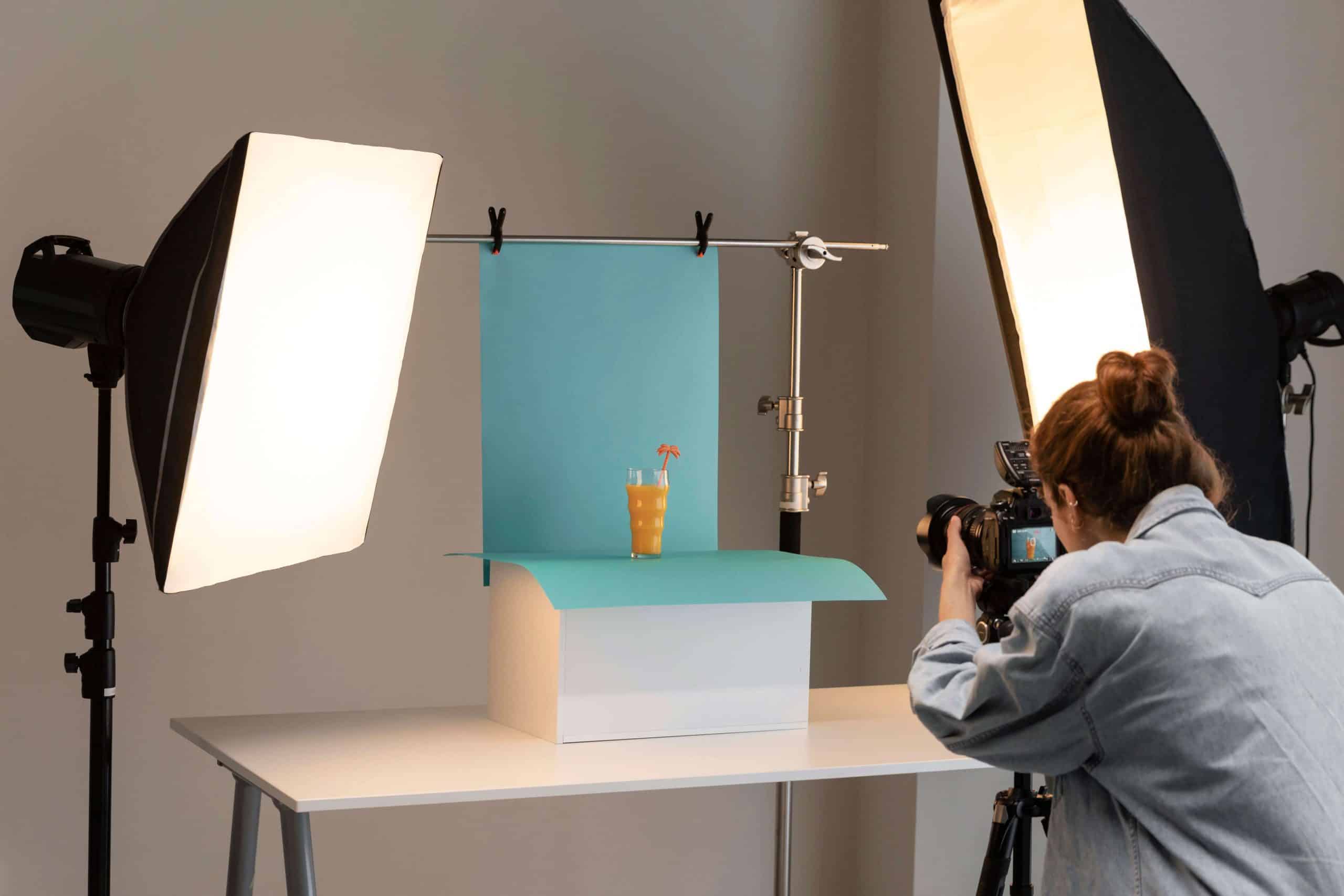
In the competitive landscape of e-commerce, product photography plays a pivotal role in attracting and retaining customers. Especially for Shopify store owners, high-quality visuals are non-negotiable. In this guide, we’ll delve into the dos and don’ts of product photography to help you elevate your Shopify store’s visual appeal and drive sales.
Dos of Product Photography:
1. Invest in High-Quality Equipment:
- Quality starts with your equipment. Invest in a good camera, preferably a DSLR or a mirrorless camera, to capture crisp and detailed images.
- Utilize a sturdy tripod to avoid blurry shots, especially in low-light conditions.
- Consider investing in additional lighting equipment such as softboxes or diffusers to control shadows and highlights.
2. Choose the Right Background:
- Opt for a clean and clutter-free background that highlights your product. Solid white or neutral backgrounds are popular choices as they draw attention to the product itself.
- Experiment with different textures and materials to complement your product while maintaining focus on it.
- Consistency is key. Stick to a uniform background across all your product images for a cohesive look on your Shopify store.
3. Focus on Composition:
- Follow the rule of thirds to create visually appealing compositions. Place your subject off-center to add interest to the image.
- Experiment with different angles and perspectives to showcase your product from various viewpoints.
- Leave ample negative space around your product to prevent overcrowding and allow for easy cropping for different platform requirements.
4. Highlight Key Features:
- Showcase your product from multiple angles to give customers a comprehensive view.
- Zoom in on unique features or intricate details to highlight craftsmanship and quality.
- Incorporate lifestyle shots that demonstrate the product in use, helping customers envision themselves using it.
5. Optimize Image Size and Format:
- Resize images to optimize loading speed without compromising quality. Large image files can slow down your website and lead to a poor user experience.
- Save images in web-friendly formats such as JPEG or PNG to ensure compatibility across different devices and browsers.
- Utilize Shopify’s image optimization tools or third-party plugins to further enhance image performance.
Don’ts of Product Photography:
1. Avoid Poor Lighting:
- Harsh lighting can create unflattering shadows and highlights. Avoid direct sunlight or harsh artificial lighting that washes out your product or creates harsh shadows.
- Ensure consistent lighting across all your product images for a cohesive aesthetic.
2. Steer Clear of Busy Backgrounds:
- Avoid cluttered or distracting backgrounds that take the focus away from your product.
- Refrain from using overly patterned backgrounds or busy environments that compete for attention with your product.
3. Say No to Low-Resolution Images:
- Low-resolution images appear pixelated and unprofessional, diminishing the perceived value of your products.
- Always capture images at the highest resolution possible to maintain clarity and detail, especially for zoom-in functionality.
4. Don’t Over-Edit:
- While post-processing can enhance images, avoid excessive editing that misrepresents your product.
- Maintain authenticity by accurately representing the color, texture, and appearance of your product without resorting to heavy retouching or manipulation.
5. Avoid Inconsistent Branding:
- Inconsistency in product photography can confuse customers and dilute your brand identity.
- Stick to a cohesive style guide encompassing background, lighting, composition, and editing to maintain a unified brand aesthetic.
Crafting a Winning Content Strategy for Your Shopify Store Blog:
Now that you’ve mastered the art of product photography, it’s essential to leverage your visual assets effectively through your Shopify store blog. Here’s how:
1. Tell Compelling Stories:
- Use your blog to narrate stories about your products, brand journey, or customer experiences.
- Incorporate behind-the-scenes content to humanize your brand and foster a deeper connection with your audience.
2. Provide Value-Driven Content:
- Offer valuable insights, tips, or tutorials related to your products or industry.
- Address common pain points or questions your customers may have, positioning your brand as an authority in your niche.
3. Optimize for SEO:
- Conduct keyword research to identify relevant topics and optimize your blog posts for search engines.
- Incorporate target keywords naturally within your content, headings, meta descriptions, and image alt texts to improve visibility and organic traffic.
4. Utilize Visuals Wisely:
- Integrate high-quality product images within your blog posts to enhance visual appeal and provide context.
- Incorporate multimedia elements such as videos or infographics to diversify your content and cater to different learning preferences.
5. Promote Engagement:
- Encourage reader engagement through comments, social sharing, or calls to action.
- Foster a sense of community by responding to comments, soliciting feedback, and actively engaging with your audience.
Conclusion:
By adhering to the dos and don’ts of product photography and implementing a robust content strategy for your Shopify store blog, you can elevate your brand presence, engage your audience, and drive conversions. Remember, consistency, quality, and authenticity are the cornerstones of success in e-commerce.


